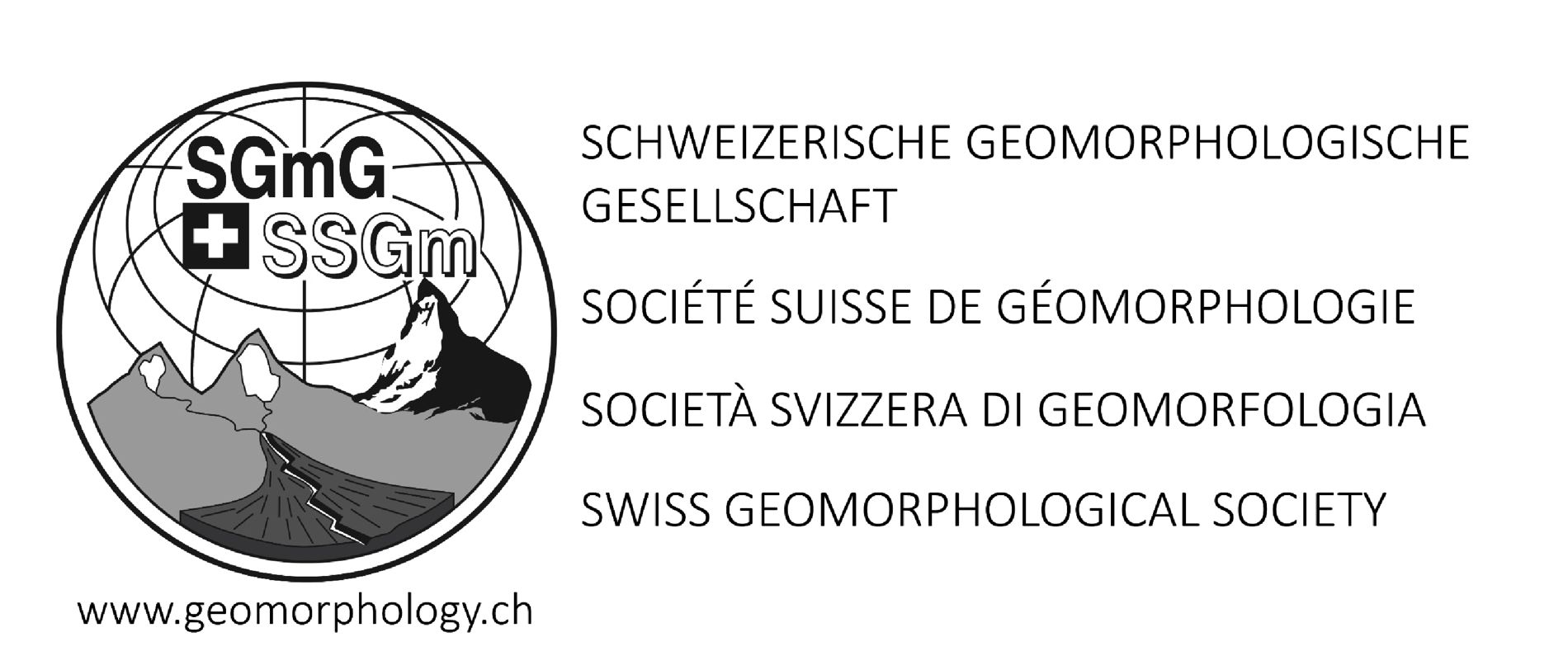An invasive beetle with a tremendous appetite
The Japanese beetle causes immense damage to agriculture. Global warming favours its establishment. Last year, an infestation area was discovered in Ticino.

No one enjoys the green beetle, which has a tremendous appetite for many plants and causes great economic costs. In 2017, the first Japanese beetles crossed the border into Switzerland from Italy and, despite intensive control efforts last year, were able to establish an infestation in the Mendrisiotto district of Ticino. Switzerland and Italy are the only countries on the European mainland where the Japanese beetle has been found so far. Only on the Portuguese archipelago of the Azores, where the insect had already been recorded a few years earlier. The five white tufts of hair on the sides of the abdomen are typical for the Japanese beetle, otherwise it is very similar to the shiny copper-green garden chafer.
From egg to adult, the insect usually develops in one year, but in cooler regions the process can take two years. Its flight period lasts from June to August. A female then lays around 40 to 60 eggs. "However, the Japanese beetle is only on the move at temperatures above 25 degrees and when there is little wind," explains Jürg Grunder, insect specialist and lecturer in plant protection at the ZHAW in Wädenswil. More than 300 plant species in agriculture, forests and horticulture are on the menu of the voracious beetle. In Switzerland, grapevines in the Ticino are currently particularly affected. The beetles feed on flowers, fruits and especially on the leaves. Its larvae feed on grass roots, which is why damage to meadows is also frequent.
Global warming promotes its spread
Because the Japanese beetle is not native to Switzerland and causes considerable economic damage, it is listed as a so-called quarantine pest. This means that there is a general obligation to report and control the pest. In addition to Switzerland's bioclimatic suitability, the reasons for the beetle's spread and thus its high damage potential are the lack of natural enemies here, the extensive distribution of grassland and pastureland and a large number of feeding plants. Sibylle Stöckli is a biologist and senior researcher in the Department of Crop Sciences at FiBL. She simulates the distribution and seasonal development of invasive species under current and future climate conditions. This is done with the help of data on the current occurrence of the insect pests, their ecological characteristics and local climate variables. Sibylle Stöckli has also carried out such modelling for the Japanese beetle. The simulations show that many valley areas in Ticino currently have optimal climatic suitability. In the future, the potential distribution could double due to climate warming. The Swiss Plateau is also likely to be highly to very highly suitable for the longer-term survival of the Japanese beetle by the end of this century. "This estimate highlights the importance of preventing the spread of the Japanese beetle to northern Switzerland at all costs," the researcher emphasises. "Climate warming promotes the establishment of harmful organisms in areas where they have not yet been able to survive. In the case of the Japanese beetle, mild temperatures and high humidity in the soil and air play a particular role."
From research to control strategy
In addition to simulating the potential spread, monitoring in the field is important to track where the insect pests are and at what rate they are spreading or being pushed back. "The Japanese beetle can be caught in attractant traps at locations where the beetle has either already been discovered or where colonisation is possible," says Jürg Grunder. For him, the simulations are a cornerstone for planning monitoring in the affected areas. With this data, the Swiss Confederation finally draws up the strategy for effective containment. Thanks to this strategy for Switzerland, the control measures should be able to take effect in the right places now and in the future. Insecticides, such as those used in the USA to control the Japanese beetle, are not permitted in Switzerland. The Swiss Confederation relies on the effect of biological control agents, as these specifically attack the beetle larvae in the soil. To this end, Agroscope is conducting research mainly in the field of entomopathogenic fungi, which have also been used successfully to control the cockchafer. At the ZHAW, Jürg Grunder's research group is focusing on parasitic nematodes. In addition, farmers search the plants by eye and pick the beetles off the plants. Great care must be taken with trade: "The Japanese beetle is mainly The Japanese beetle mainly gets to new places passively by means of transport such as cars or aeroplanes", explains Jürg Grunder, "The spread of the beetle via soil, green waste or plant root balls is therefore a particular danger". This is how the beetle has been able to spread over large parts of the world - unnoticed for long periods of time - in recent decades. A carefully worked out strategy and the right A carefully prepared strategy and the right conclusions will not only have an impact on Switzerland, but will also make it more difficult for the Japanese beetle to spread throughout Europe.
Contatto
Dr. Sibylle Stöckli
University of Geneva
Institute for Environmental Sciences (ISE)
enviroSPACE
66 boulevard Carl-Vogt
1205 Ginevra

